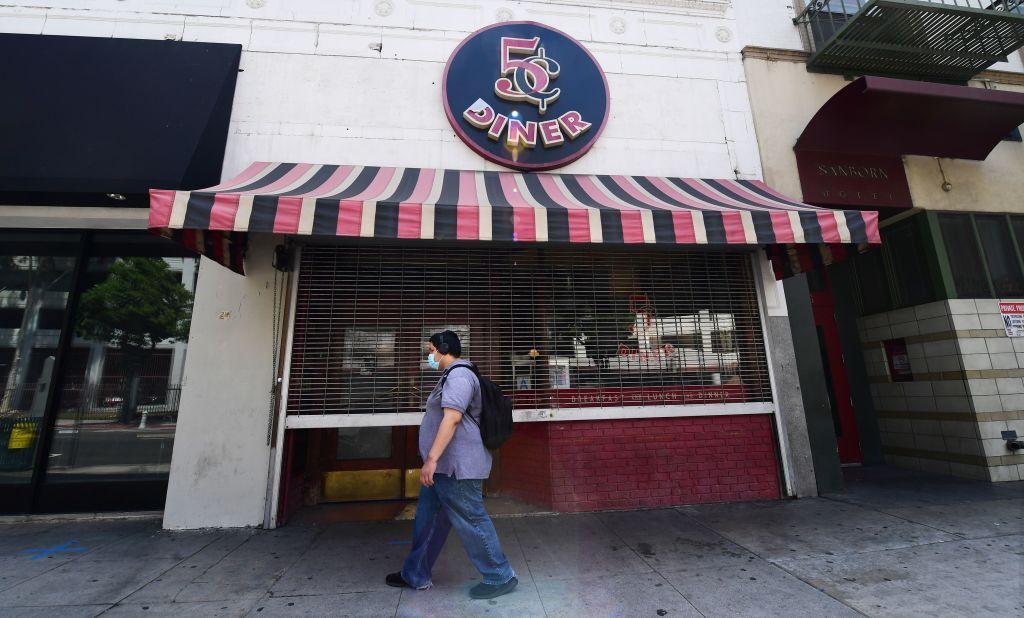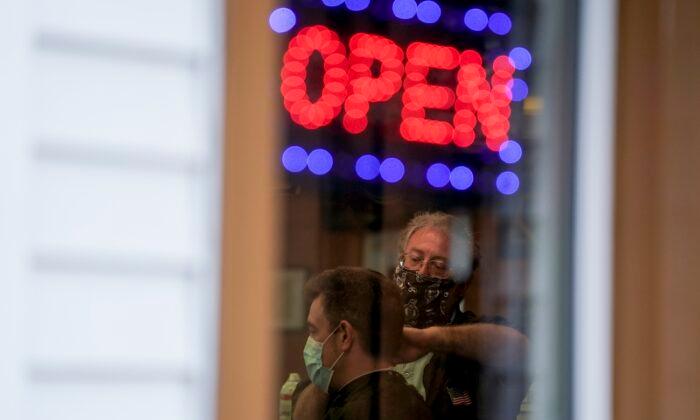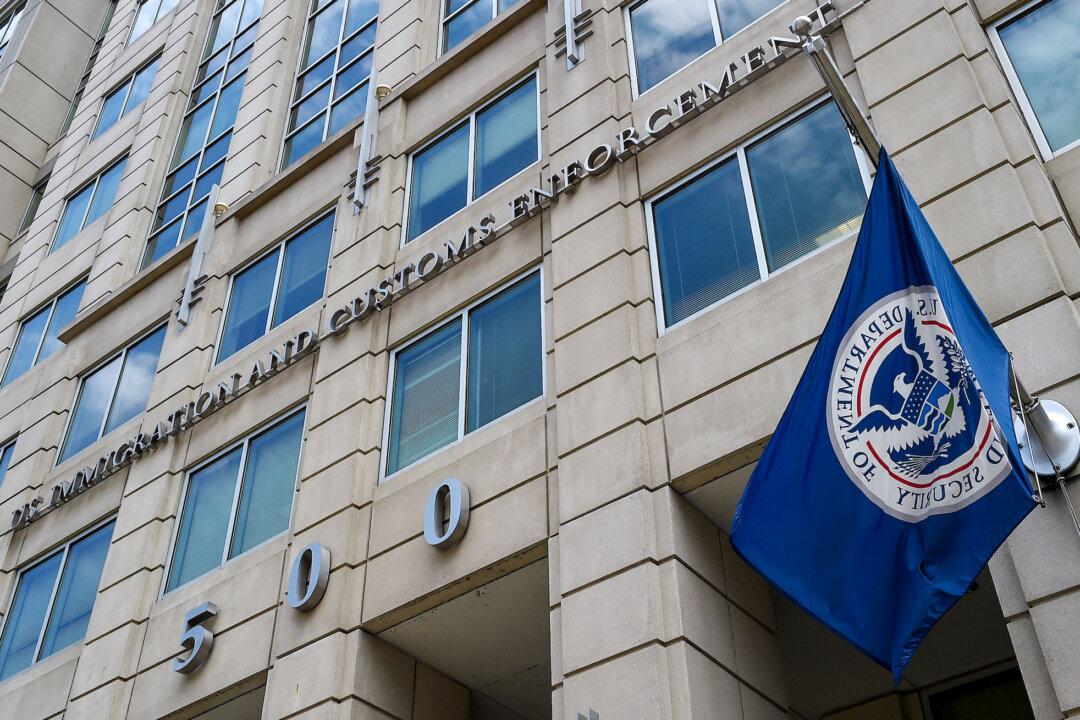A new poll shows that most small businesses in the United States are open in some capacity, though nearly two-thirds are worried about potential closures due to a second wave of COVID-19.
Small businesses in the South were significantly more likely to report being fully open than in other regions, with 51 percent in the South compared to 31-39 percent in other regions.

Overall, while more businesses than in previous months said it would take longer for the business climate to return to normal, fewer businesses said they were “very concerned” about the impact of the pandemic and more said they have seen an improvement in cash flow and future earnings.
“While we know small businesses are still facing real challenges, it is encouraging that some optimism has been seen, including improved comfort with cash flow and expectations for future revenue,” said Jessica Moser, senior vice president, Small and Specialty Business at MetLife. “As more small businesses begin to re-open, we hope this trend continues.”
Still, 66 percent of small businesses polled said they are concerned about having to close again, or remain closed, in the event of a second wave of the Chinese Communist Party (CCP) virus, the novel coronavirus that causes COVID-19.
Anxiety about second-wave closures was more pronounced in the West (77 percent) and Northeast (74 percent) than in the Midwest (62 percent) and South (55 percent).
According to the poll, 82 percent of small businesses indicated they were concerned about the impact of the pandemic, which is roughly in line with previous months. In a sign of growing optimism, however, the number of respondents who said they were “very concerned” about the impact of the outbreak on their business dropped by 10 percentage points compared to a month ago and by 15 percentage points from two months ago, and stood at 43 percent in the recent poll.

Yet more businesses than in previous months said they believe the pandemic-related disruption will persist before making a rebound, with 55 percent saying they expect it will take six months to a year before the business climate returns to normal in the United States. This is up from previous polls, where 50 percent last month and 46 percent two months ago saying they believed the economic overhang would linger for six months to a year.
Sullivan called for more relief for America’s small businesses.
“There is still a need for Congress to pass targeted, temporary, and timely assistance for small businesses,” he said.
As more businesses reopen, more than six in ten (62 percent) said they are concerned about the risks the virus poses to their employees and customers.
“Small business owners are cautiously optimistic about opening their doors again. But they remain concerned on what the post-COVID world looks like and how they can successfully reopen, while ensuring the safety for their employees and customers,” said Suzanne Clark, president, U.S. Chamber of Commerce. “Business owners across America need clear guidance at the federal, state, and local level on how to reopen their businesses safely and sustainably.”
The biggest worries over the next several months, as expressed by respondents to the survey, were: financial hardships due to prolonged closures (71 percent), low business demand (67 percent), and closures related to a second wave (66 percent).
Negative sentiments towards both the overall national economy and local economies are softening, the poll showed, and most businesses that cut staff expect to rehire them.
These attitudes were reinforced by payroll data released on Wednesday, which showed signs of stabilization in the domestic labor market after the ADP National Employment Report said private employers laid off another 2.76 million workers, lesser than an expected 9 million job losses.
“The COVID-19 recession is over, barring a second wave of infections or policy error,” Mark Zandi, Moody’s Analytics chief economist told reporters. “But recovery will be a slog until there is a vaccine.”
The ADP report was released ahead of the government’s more comprehensive employment report for May scheduled for release on Friday.





